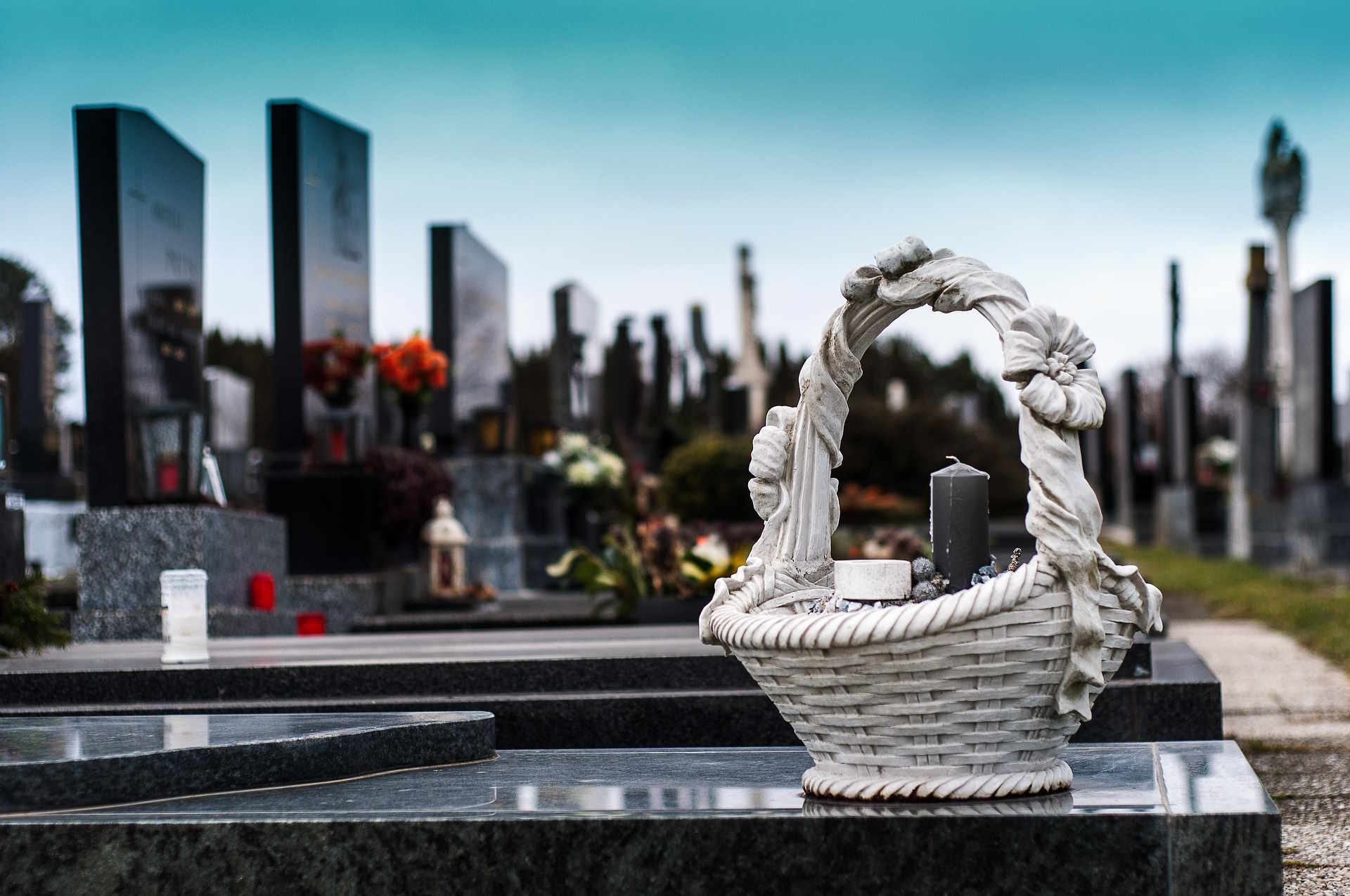How Cremation Works: Full Process Explained Step-by-Step
Cremation has become an increasingly common choice for end-of-life arrangements, offering families a dignified way to honor their loved ones. This process involves carefully controlled steps carried out by trained professionals in specialized facilities. Understanding how cremation works can help families make informed decisions during difficult times.

What is the Cremation Process Step by Step?
The cremation process begins with careful identification and documentation of the deceased. The body is first placed in a proper container or casket suitable for cremation. Personal items are removed, except for specifically approved items the family wishes to include. Medical devices that could be hazardous during cremation, such as pacemakers, are also removed. The container is then labeled with identification that remains throughout the entire process.
What Happens During Cremation Itself?
The actual cremation takes place in a specially designed cremation chamber, often called a retort. The chamber is heated to temperatures between 1,400 and 1,800 degrees Fahrenheit. During the process, the body and container are reduced to bone fragments through exposure to intense heat and flame. The chamber is designed to ensure complete cremation while maintaining dignity throughout the process.
How Long Does the Cremation Timeline Take?
The complete cremation process typically takes 2-3 hours, depending on various factors including body size and the type of container used. However, the entire timeline from death to receiving the cremated remains usually spans 3-10 days. This includes the necessary documentation, waiting periods required by law, the actual cremation, and processing of the remains.
What Should Families Know When Preparing for Cremation Services?
Families should be aware of several important considerations when arranging cremation services. This includes obtaining proper authorization forms, deciding on the final disposition of cremated remains, and choosing an appropriate urn or container. It’s also important to understand any religious or cultural considerations that may affect the cremation process.
Understanding Cremation vs Burial: Key Differences
| Aspect | Cremation | Traditional Burial |
|---|---|---|
| Timeline | 3-10 days total process | Typically 3-7 days |
| Environmental Impact | Lower land use | Requires burial plot |
| Cost Range | $2,000-$4,000 | $7,000-$12,000 |
| Flexibility | More options for remains | Fixed location |
| Memorial Options | Versatile arrangements | Traditional ceremony |
Prices, rates, or cost estimates mentioned in this article are based on the latest available information but may change over time. Independent research is advised before making financial decisions.
The choice between cremation and burial often depends on personal, religious, and practical factors. Cremation typically offers more flexibility in terms of memorial options and final disposition of remains. While traditional burial provides a permanent place for visitation, cremation allows families to keep remains close, scatter them in meaningful locations, or choose other forms of remembrance.
This article is for informational purposes only and should not be considered medical advice. Please consult qualified funeral service professionals for personalized guidance.




